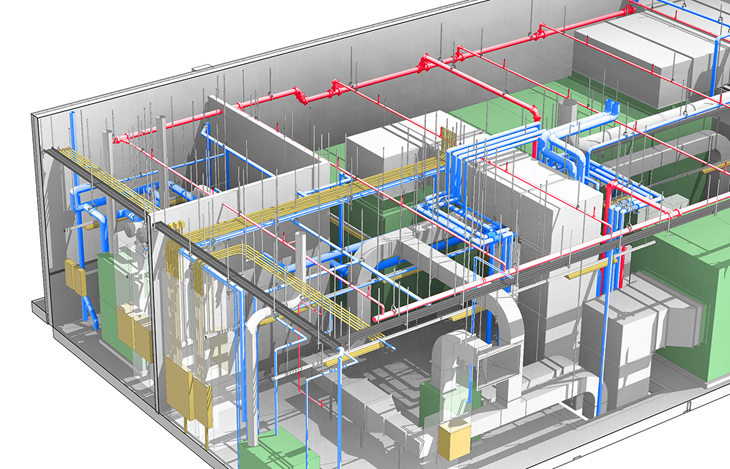LOD400 modeling provides a comprehensive view of a product, allowing you to accurately measure its attributes without needing to use non-modeled information. The LOD400 element contains information on all the different parameters and geometrical features of a particular product. This level of detail is equivalent to a Fabrication level Model. The following are some of the key differences between LOD300 and LOD400 modeling. These differences will guide you in choosing a software application to model your products.
First, you should determine how detailed your 3D modeling service should be. Various trades will put different elements into their design models for different reasons. Some elements are included for coordination, others for prefabrication. The key to understanding which elements are best modeled at LOD 400 and LOD 500 is to determine the level of detail that each trade requires. The higher level of detail will be used for a facility manager. This is a key distinction between LOD400 modeling and LOD500 modeling.
The level of development defines different construction stages within the BIM process. By augmenting 3D construction modeling with numerical lexicon, the level of development helps everyone understand the project and improve communication among disciplines. It is similar to a detailed Gantt chart. It can be used to reduce constructability issues. Further, it helps build teams to collaborate with more efficiently, which will result in a better finished product. It also allows masonry contractors to participate in BIM Coordination.
LOD modeling allows you to specify the various elements of a model and their respective levels of development. For example, mechanical systems will only exist at level 400 while core structural elements will go through all five levels. The levels are also helpful for understanding how energy-efficient the elements will be. In short, LOD models are an essential part of the process of building a project. It allows the design team to see and understand the components of a building before making any final decisions.
The LOD400 level of LOD modeling involves building construction. At this level, the designers detail individual components, including their size and weight, location, and materials. They can also add non-graphic information to the model element, such as a warranty information, suppliers’ contact information, or model number. The LOD400 level model includes the entire construction process, from conceptual design to construction and operations. If you’re using this model, it will greatly increase your chances of success in your project.
Once a design model has been produced, it is time to extract the 2D views. Once this step has been completed, the design model can be refined into a set of tender drawings and then to be distributed to the subcontractors. Then, the main contractor can coordinate the location and size of the AHU. However, this can cause coordination issues, extra costs, and design clashes. In addition to the LOD400 model, LOD300 modeling is also referred to as LOD300.
The LOD400 method enables engineers to model building systems and infrastructure in a standardized way. Unlike 3D construction modeling on BIM, LOD is structured to minimize errors. Moreover, it uses a standardized numerical lexicon that designers share with end users. The LOD400 method of modeling allows for seamless integration into other software applications. When it’s done properly, LOD can save time, money, and effort. It can also help to avoid costly mistakes.


